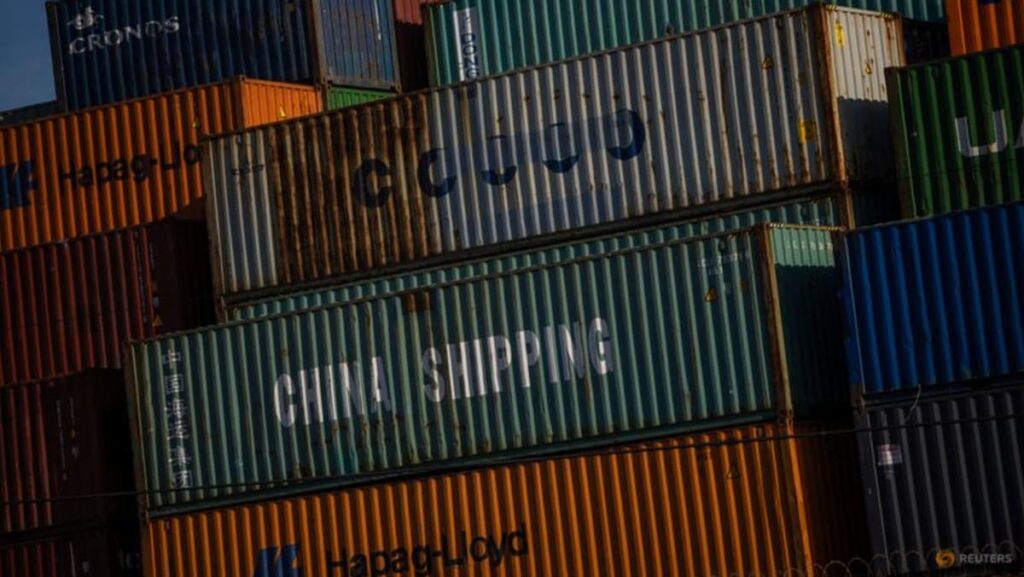In contrast, some observers see opportunity for China.
One of them is Chris Pereira, a China-based founder and CEO of iMpact, a communications and business consulting group.
“If the US is going to be raising tariffs on everyone, this is a huge opportunity for China to call for free trade with everyone … maybe it starts with Southeast Asia,” he told CNA.
“Maybe that rules-based order could be maintained and supported by China instead of the United States.”
During the last trade war, Southeast Asian economies like Vietnam and Cambodia benefited from the “China Plus One” strategy – absorbing redirected manufacturing as companies diversified away from China.
But with new US measures designed to close loopholes, that advantage is shrinking.
EAI’s Li said one way China could ease the pressure – both on itself and the region – is by proactively reorganising supply chains, not just rerouting exports.
“If China instead takes the initiative … and promotes a more inclusive and balanced global market, it is more likely to earn the trust and support of ASEAN elites and policymakers.”
“This would allow emerging economies to occupy a greater share of the market, fostering their development,” noted Li.
As these economies grow, their demand for Chinese goods will also increase – creating a “virtuous cycle of mutual benefit”, said Li.
“Importantly, this strategy does not directly impact the US market, making it a more strategic and sustainable path forward.”
Pereira, the founder of iMpact, agreed – with a caveat.
“China needs to be very careful about pivoting manufacturing capability and capacity to other countries,” he said.
“Otherwise, it could cause a feeling of unfairness in other markets, including Southeast Asia.”
According to the ISEAS report, distrust towards China outweighs trust in six of 10 ASEAN nations.
Among those who distrust China, 47.6 per cent fear that its economic and military power could threaten their countries’ interests and sovereignty.
The South China Sea remains a flashpoint as overlapping territorial and maritime claims by multiple nations fuel ongoing tensions.
China claims almost the entire South China Sea, despite overlapping claims by Brunei, Indonesia, Malaysia, the Philippines and Vietnam.
These disputes centre on strategic waters rich in natural resources and vital trade routes, with recent manoeuvres further escalating the conflict.



